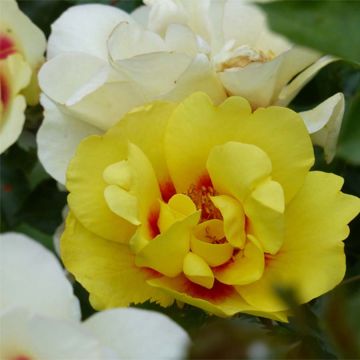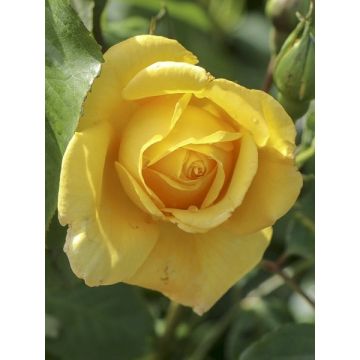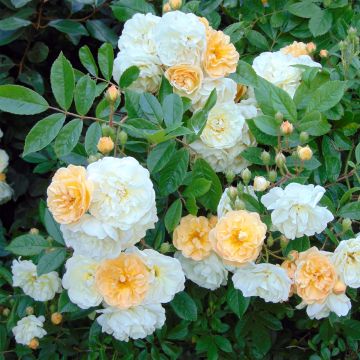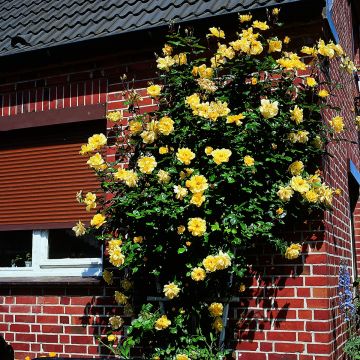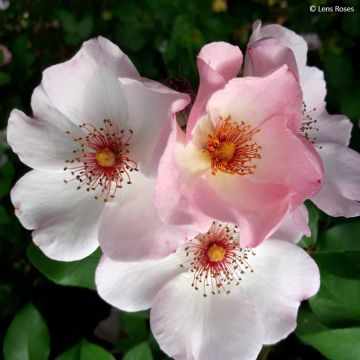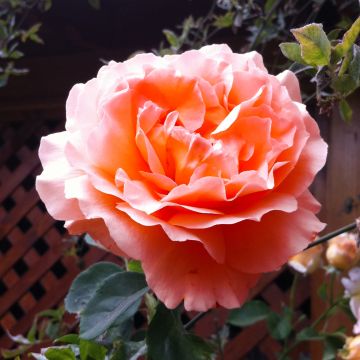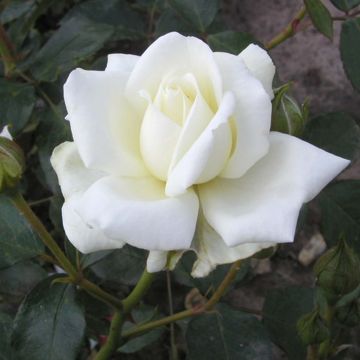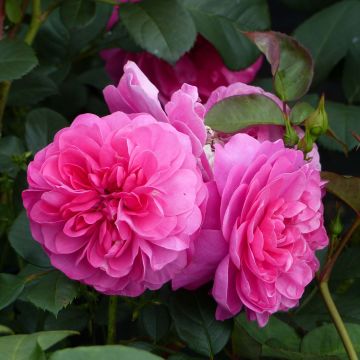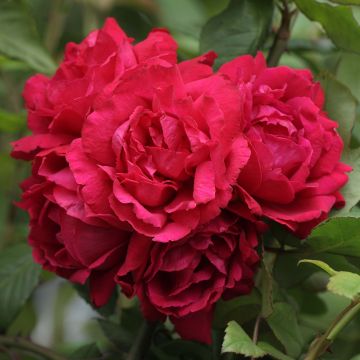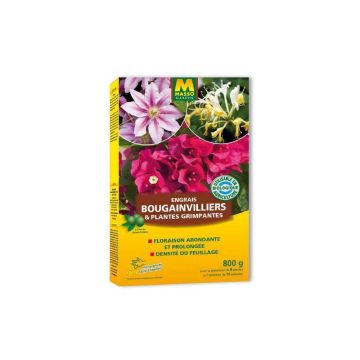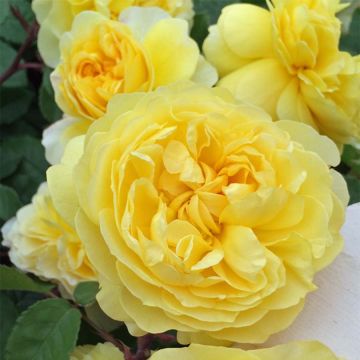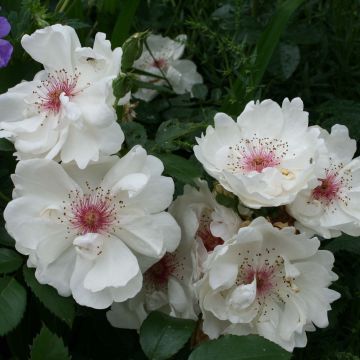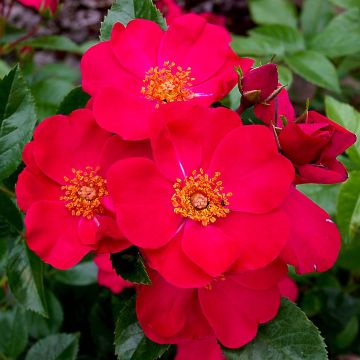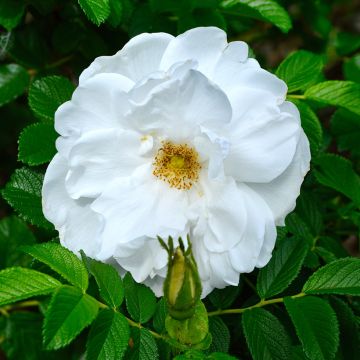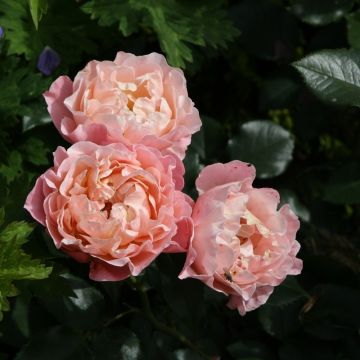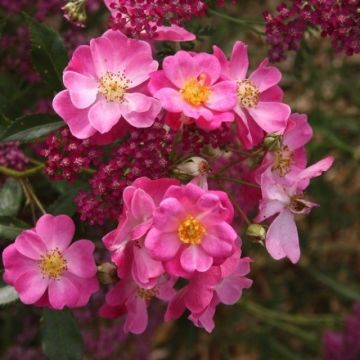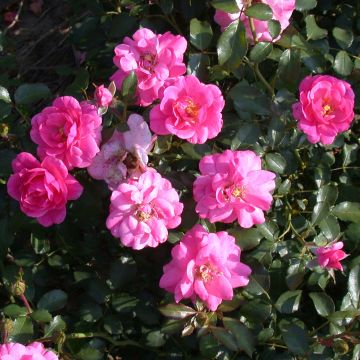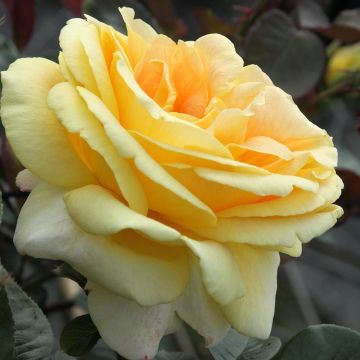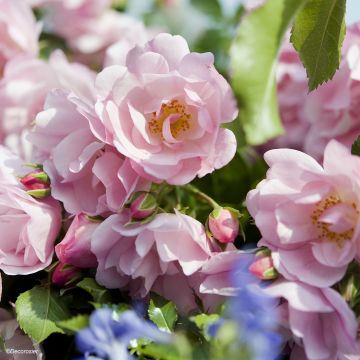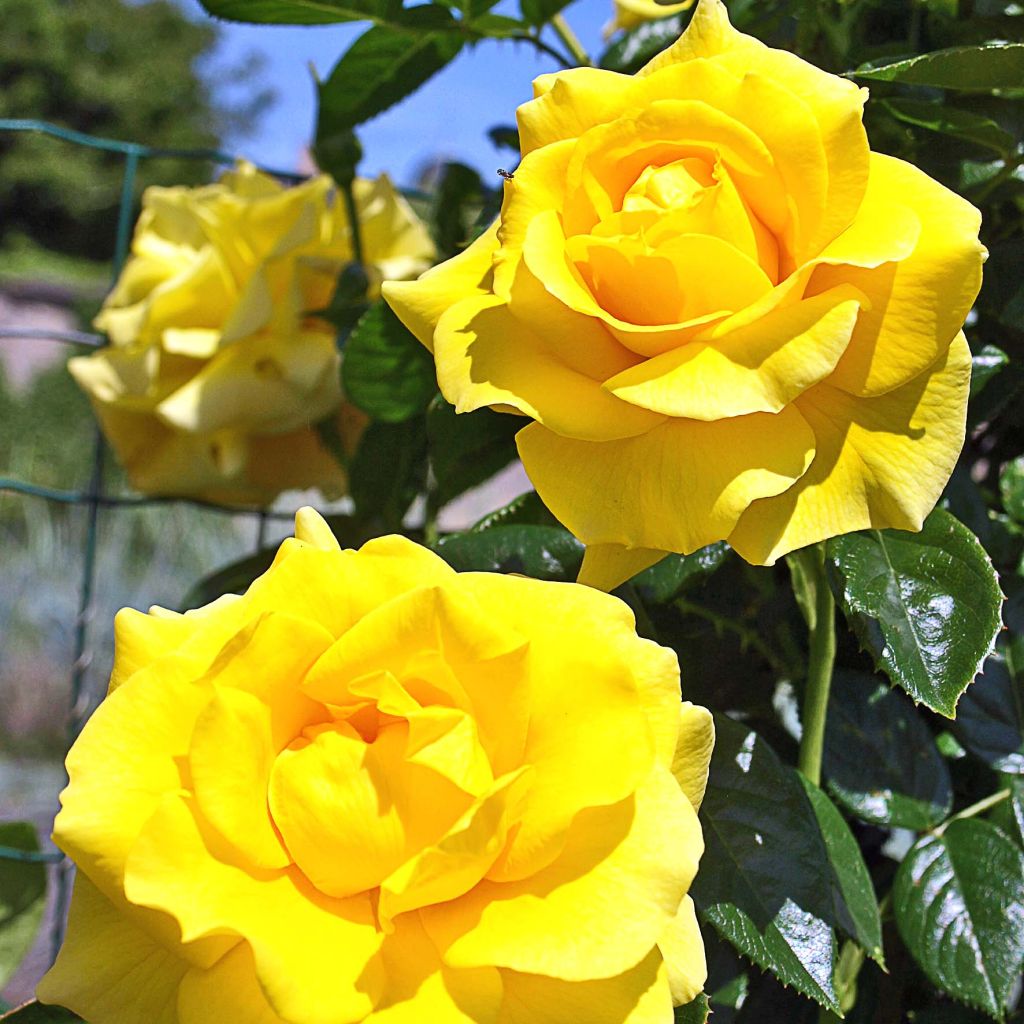

Rosa 'Golden Boy' - Climbing Rose
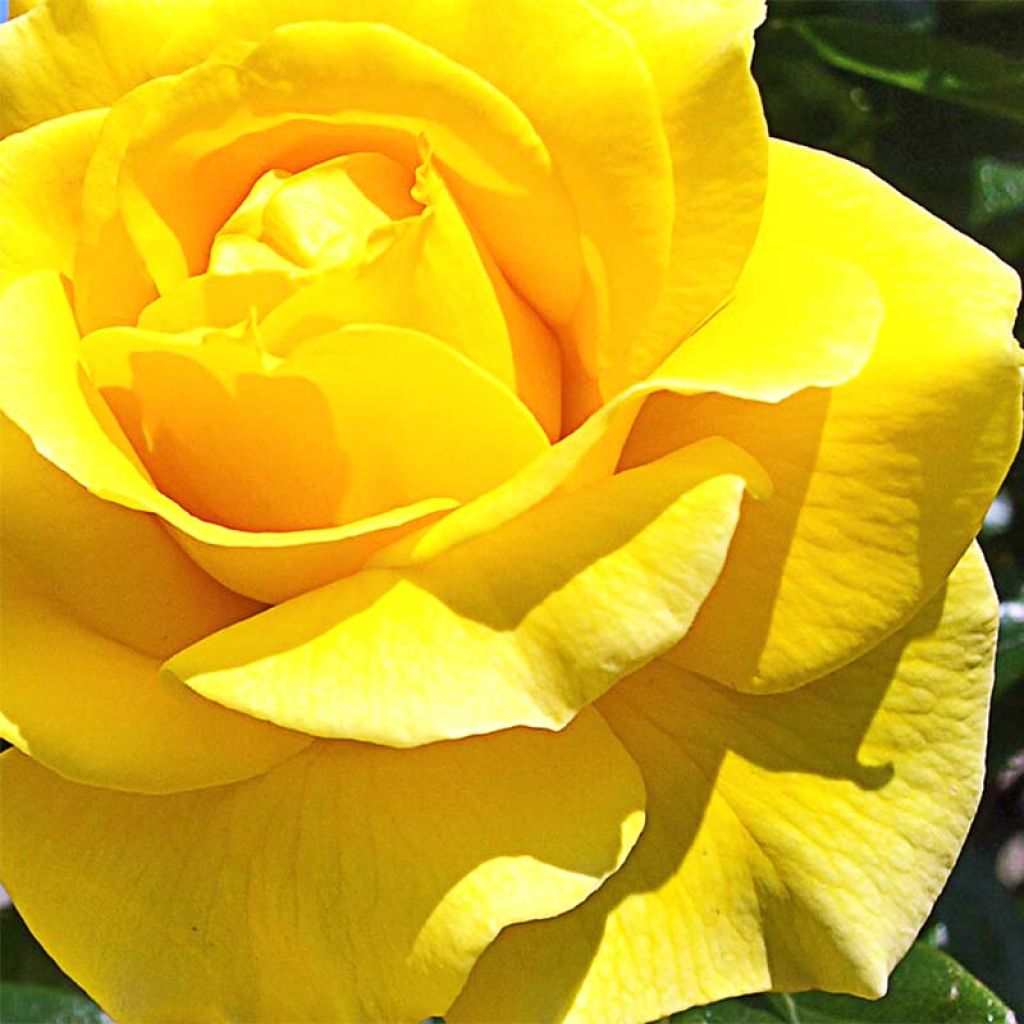

Rosa 'Golden Boy' - Climbing Rose
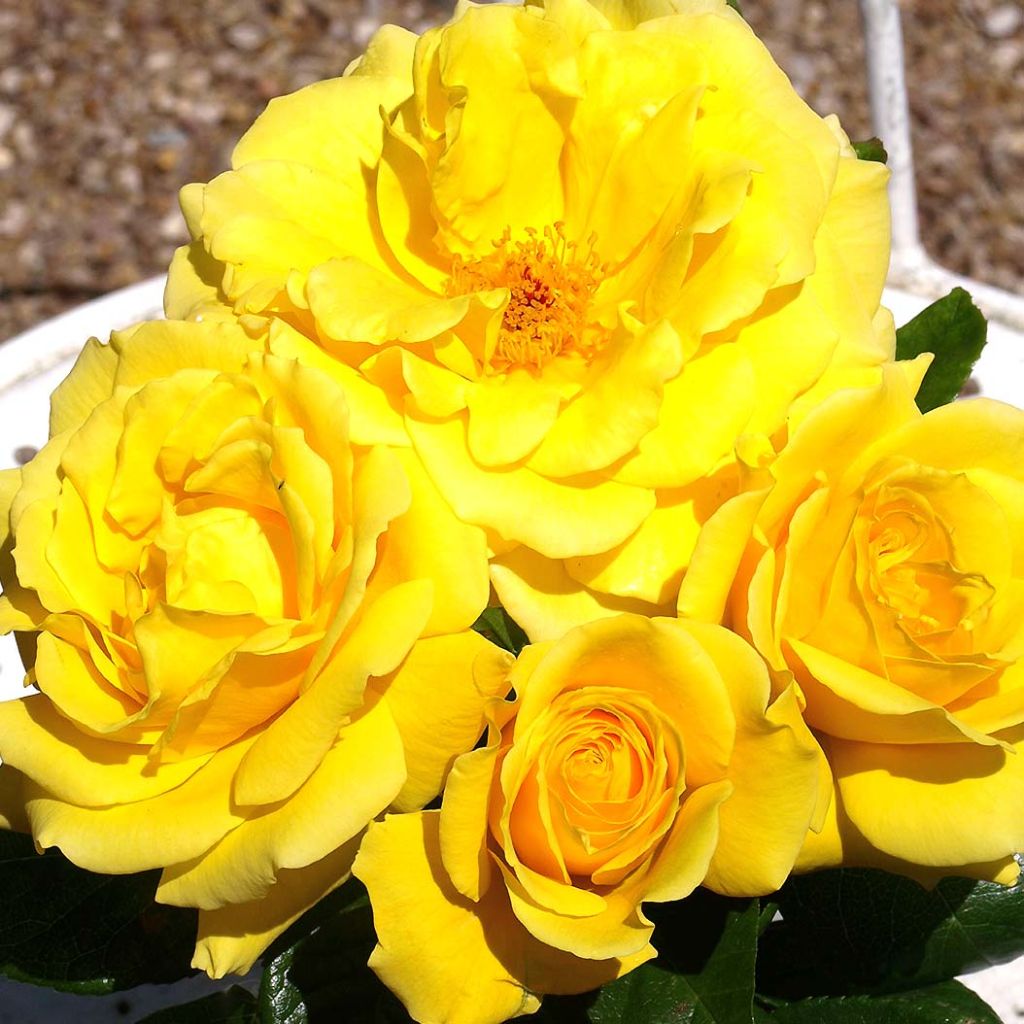

Rosa 'Golden Boy' - Climbing Rose
Rosa 'Golden Boy' - Climbing Rose
Rosa Golden Boy® Chewyellowdoor
Chewyellowdoor
Rose bush received very well packaged. I find it a bit small. Already planted, will see in spring, hoping to have beautiful yellow roses.
Annie, 05/10/2024
This item cannot be shipped to the selected country
Delivery charge from €5.90
Delivery charge from €5.90
Delivery to Corse prohibited
More information
Delivery charge from €5.90
Delivery charge from €5.90
Delivery to Corse prohibited
More information
Schedule delivery date,
and select date in basket
This plant carries a 24 months recovery warranty
More information
We guarantee the quality of our plants for a full growing cycle, and will replace at our expense any plant that fails to recover under normal climatic and planting conditions.
From €5.90 for pickup delivery and €6.90 for home delivery
Express home delivery from €8.90.
From €5.90 for pickup delivery and €6.90 for home delivery
Express home delivery from €8.90.
Delivery to Corse prohibited: UE law prohibits the import of this plant from mainland France to Corse as part of the fight against Xylella fastidiosa. Please accept our sincere apologies.
More information

Does this plant fit my garden?
Set up your Plantfit profile →
Description
The 'Golden Boy' Climbing Rose is a beautiful variety that adds to the selection of flowering yellow climbing roses. Forming a flowering pyramid for 4 to 5 months in just a few years, it stands out for its vigorous growth, healthy foliage, and excellent floribundity, which have recently earned it several awards. Its semi-double, light roses are a beautiful pure yellow with a subtle fragrance. With so many qualities in one plant, there are plenty of reasons to invite it into your garden, as long as you like yellow flowers!
British Rose Grower Chris Warner bred the 'Golden Boy' Climbing Rose 'Chewyellowdoor’' in 2015. It belongs to the complex family of hybrid tea roses with large-grouped flowers. It was awarded a Gold Medal in Barcelona in 2015, and a 1st Prize in the climbing rose category by the SNHF (National Horticultural Society of France) in 2017. It is a climbing rose with good vigour and moderate growth. It has a naturally upright habit and thorny stems, reaching a height of generally 2.5 metres (8 feet) with a spread of 1 meter (3 feet). Its deciduous foliage, a very dark glossy green, is resistant to diseases and perfectly showcases the gradation of yellow in the flowers, which become lighter, almost cream-coloured, as they age. It blooms continuously from May to September to October, abundantly if it doesn't lack water. Its large roses, grouped in clusters of 3 to 5 semi-double, slightly fuzzy flowers, with a width of 8-9 cm (3-4in), consist of about 20 petals. They open widely at maturity, revealing a beautiful dark yellow stamen core.
Climbing roses are best suited for a wall or a large structure that receives morning sunlight, such as an arch or a pergola. Alternatively, roses with moderate growth like 'Golden Boy' can be trained as large bushes to bloom as a free or even defensive hedge, mixed with other varieties like holly leaf osmanthus, Mahonias, Holly, Poncirus trifoliata, and Japanese quince. These roses display magnificent blooms throughout the summer and require minimal maintenance, except for regular watering during periods of high heat and prolonged drought. You can also mix them with large-flowered clematis like 'Etoile Violette' or 'Broughton Star'. They make excellent companions for phlox, delphiniums, foxgloves, catmints, and tall baby's breath.
Rosa 'Golden Boy' - Climbing Rose in pictures
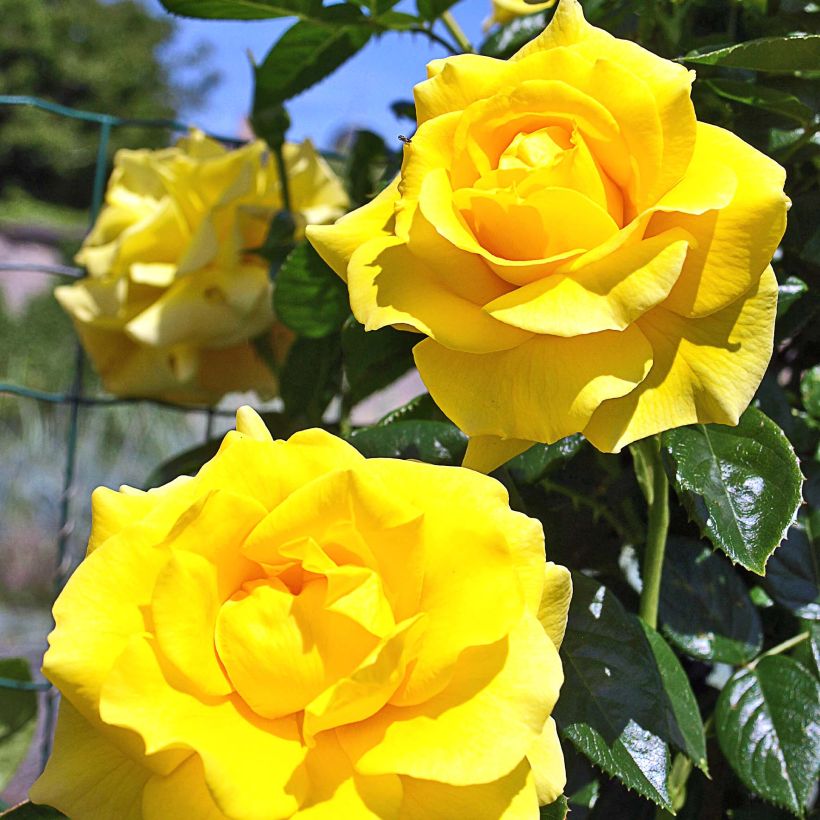

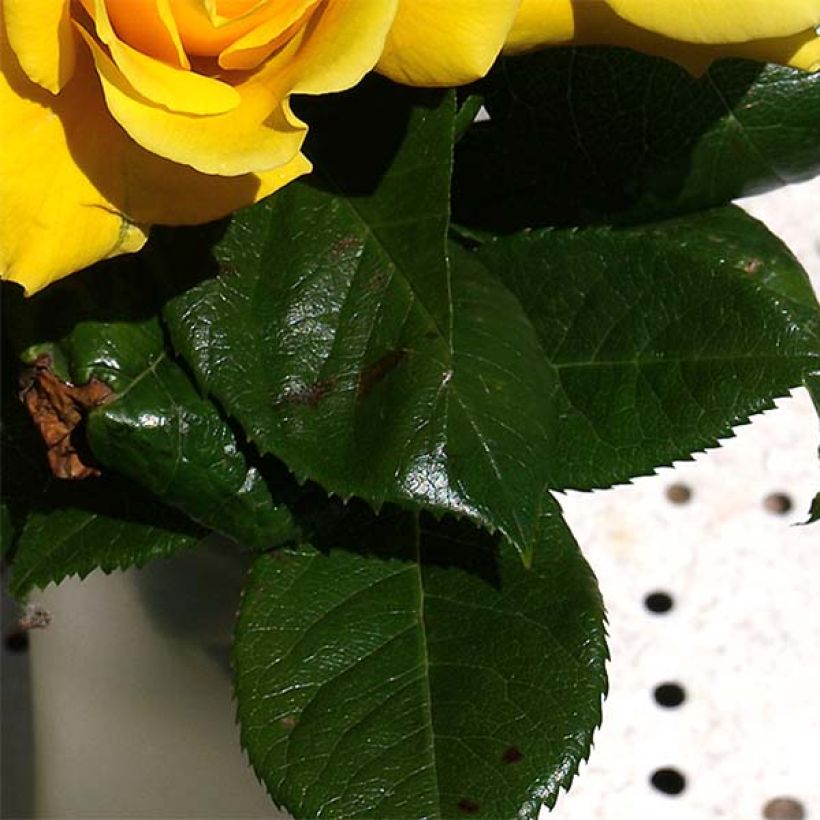

Plant habit
Flowering
Foliage
Botanical data
Rosa
Golden Boy® Chewyellowdoor
Rosaceae
Chewyellowdoor
Cultivar or hybrid
Rosa multiflora (4L/5L pot), Rosa canina Laxa (Wrapped bare root)
Other Climbing Roses
Planting and care
To plant the 'Golden Boy' rose, wait until the months between November and March. Find a spot with deep, well-prepared soil that's not too clayey and has good drainage. The rose prefers fertile soil on the heavy side but not overly compact. Mix in compost or well-rotted manure if the soil is sandy, compact, or dry in summer. Avoid waterlogged soil in winter. Choose a sunny spot with partial shade that's not too hot. Roses need a lot of nutrients, so use a specific fertiliser at the start of growth and during the flowering period. To promote reblooming, remove faded flowers regularly. Prune the stems to a quarter of their length (four to six buds from the base) in late winter. Cut above an outward-facing bud to help branches form and avoid tangling. Floribunda rose varieties are more vigorous and floriferous than large-flowered rose varieties.
Roses may develop unsightly spots at the end of summer, but this is a natural occurrence and doesn't harm the rose's growth.
Planting period
Intended location
Care
-
, onOrder confirmed
Reply from on Promesse de fleurs
Roses by purpose
Haven't found what you were looking for?
Hardiness is the lowest winter temperature a plant can endure without suffering serious damage or even dying. However, hardiness is affected by location (a sheltered area, such as a patio), protection (winter cover) and soil type (hardiness is improved by well-drained soil).

Photo Sharing Terms & Conditions
In order to encourage gardeners to interact and share their experiences, Promesse de fleurs offers various media enabling content to be uploaded onto its Site - in particular via the ‘Photo sharing’ module.
The User agrees to refrain from:
- Posting any content that is illegal, prejudicial, insulting, racist, inciteful to hatred, revisionist, contrary to public decency, that infringes on privacy or on the privacy rights of third parties, in particular the publicity rights of persons and goods, intellectual property rights, or the right to privacy.
- Submitting content on behalf of a third party;
- Impersonate the identity of a third party and/or publish any personal information about a third party;
In general, the User undertakes to refrain from any unethical behaviour.
All Content (in particular text, comments, files, images, photos, videos, creative works, etc.), which may be subject to property or intellectual property rights, image or other private rights, shall remain the property of the User, subject to the limited rights granted by the terms of the licence granted by Promesse de fleurs as stated below. Users are at liberty to publish or not to publish such Content on the Site, notably via the ‘Photo Sharing’ facility, and accept that this Content shall be made public and freely accessible, notably on the Internet.
Users further acknowledge, undertake to have ,and guarantee that they hold all necessary rights and permissions to publish such material on the Site, in particular with regard to the legislation in force pertaining to any privacy, property, intellectual property, image, or contractual rights, or rights of any other nature. By publishing such Content on the Site, Users acknowledge accepting full liability as publishers of the Content within the meaning of the law, and grant Promesse de fleurs, free of charge, an inclusive, worldwide licence for the said Content for the entire duration of its publication, including all reproduction, representation, up/downloading, displaying, performing, transmission, and storage rights.
Users also grant permission for their name to be linked to the Content and accept that this link may not always be made available.
By engaging in posting material, Users consent to their Content becoming automatically accessible on the Internet, in particular on other sites and/or blogs and/or web pages of the Promesse de fleurs site, including in particular social pages and the Promesse de fleurs catalogue.
Users may secure the removal of entrusted content free of charge by issuing a simple request via our contact form.


































